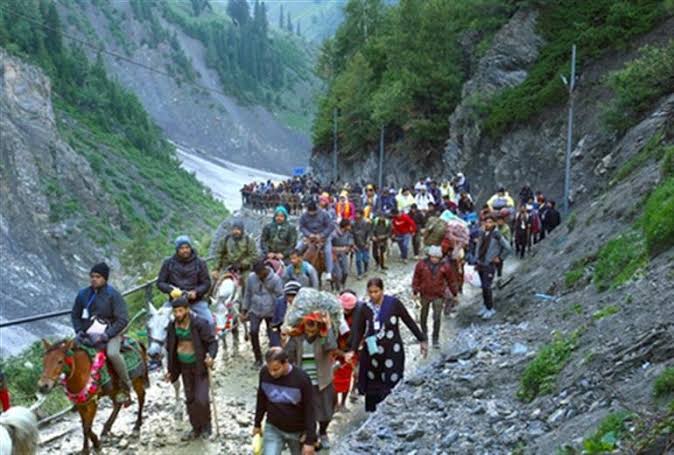The Jammu and Kashmir Assembly elections, held after a ten-year gap, carry significant weight as they are the first since the abrogation of Article 370 in August 2019.
As Jammu and Kashmir prepares to welcome a new government after a decade, the region is witnessing heightened political tension and speculation. With the exit polls for the Assembly elections soon to be announced, political leaders are already making bold statements regarding the future administration. PDP leader Iltija Mufti has stirred controversy by claiming that the incoming government will be nothing more than a “toothless tiger” and that the Chief Minister will act as a “rubber stamp” for decisions made elsewhere.
“The Lieutenant Governor is already nominating five MLAs, and with the Chief Secretary altering the transaction of business rules, it’s clear the new government will lack authority,” said Mufti. She went on to describe the Chief Minister’s role as that of a “glorified mayor” of a “municipality,” suggesting that the government’s power will be severely limited.
A Decisive Election After a Decade
The Jammu and Kashmir Assembly elections, held after a ten-year gap, carry significant weight as they are the first since the abrogation of Article 370 in August 2019. The abrogation not only stripped the region of its special status but also bifurcated the state into the Union Territories of Jammu and Kashmir, and Ladakh. This election is seen as a critical test of the region’s political future and its governance structure post-Article 370.
The elections were contested by key political players. The Jammu and Kashmir National Conference (NC) and the Congress formed a joint alliance, while the PDP and the Bharatiya Janata Party (BJP) entered the fray independently, adding to the complexity of the race.
High Voter Turnout, Even in Boycott Strongholds
The three-phased elections recorded an overall voter turnout of 63.45%, slightly lower than the 65.8% turnout in 2014. The final phase, held on October 1, saw the highest participation at 68.72%, while the second phase recorded a turnout of 57.31%, lower than the 61.38% turnout in phase one. Notably, regions like Sopore and Baramulla, traditionally known for boycotting elections, reported their highest voter participation in the last three decades.
Looking Back at 2014: Exit Polls and Predictions
In the 2014 Assembly elections, exit polls had predicted a hung Assembly, with no party expected to reach the 44-seat majority mark in the then 87-member House. The CVoter exit poll had predicted the following tally: PDP at 32-38 seats, BJP at 27-33, NC at 8-14, and Congress at 4-10. Ultimately, the PDP won 28 seats, BJP 25, NC 15, and Congress 12, leading to a coalition government that eventually collapsed.
As the exit polls for the 2024 elections near, political analysts and citizens alike are eagerly awaiting the results, which will set the stage for the next chapter in Jammu and Kashmir’s evolving political landscape. With Iltija Mufti’s scathing remarks and opposition leaders closely watching the polls, the incoming government is likely to face scrutiny from day one, regardless of the outcome. Source






